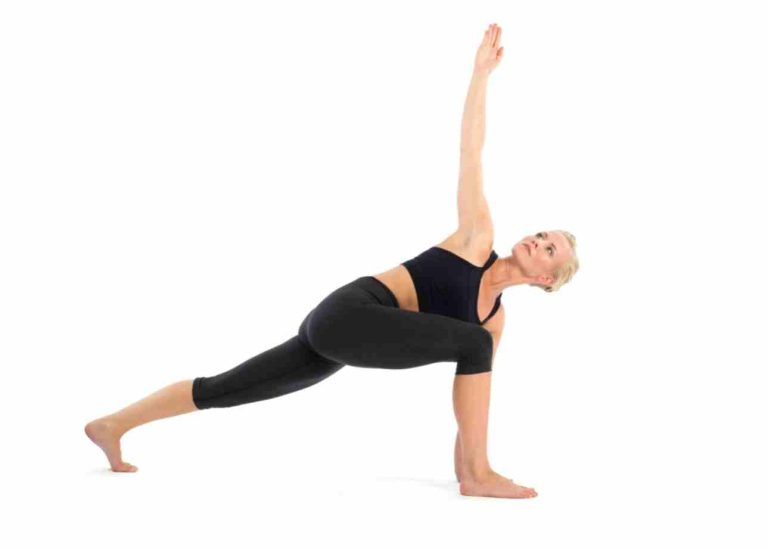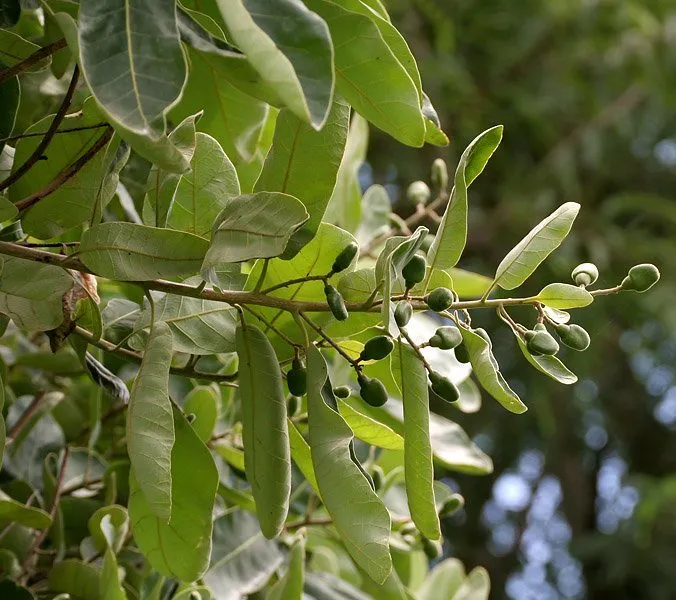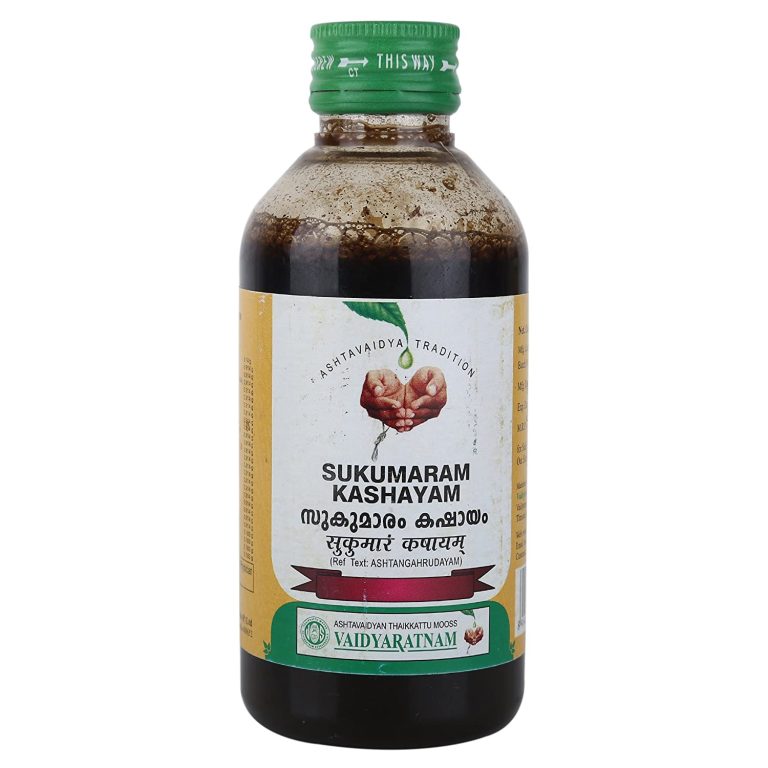
Table of Contents
Katichakrasana Benefits
You may be wondering what Katichakrasana benefits are. Well, this yoga posture will twist your waist, which is said to burn fat and relieve neck stiffness. In addition, it will improve your energy levels, reduce your stress levels, and strengthen your spine. Read on to learn more about the benefits of this posture. Here are some of the most common Katichakrasana benefits .
Benefits of Katichakrasana
The benefits of Katichakrasana are many and varied. In addition to strengthening the muscles of the back, shoulders, and neck, it also improves digestion. Many people swear by its ability to ease constipation, ease muscular stiffness, and promote proper bowel movements. It is also good for the nervous system and helps relieve respiratory problems. However, it is not recommended for pregnant women or those who have spinal injuries. Some people have also experienced dizziness or fainting after doing this yoga pose.
One of the benefits of Katichakrasana is a slender waist. It can heal constipation and make the waist flexible. This yoga posture can be practiced before bed or after a stressful day at work. You can also incorporate it in your office yoga routine. You can perform the pose by twisting your waist and flexing your neck. Make sure to follow the steps carefully to avoid any injury.
Katichakrasana in Strengthening spine
If you’re in a stressful job, consider including Katichakrasana in your daily yoga practice. This spinal twisting pose allows the trunk to rotate both clockwise and anti-clockwise, resulting in a slimmer waistline. This yoga pose is a great way to relieve back pain and improve your suppleness and movability. Practice it after a stressful day at work, after a long day at school, or even as an office yoga routine. By following the proper steps, this asana is very safe.
First, do a standing twist. Stand with your feet together. Stretch your arms and legs outward. Your palms should face each other. Next, stretch your hands in front of your body. Take a deep breath. Bend at the waist to twist the upper body. Repeat this sequence several times. The twisting posture will help strengthen the spinal cord and improve your flexibility. It’s also a great way to relieve back pain.
Katichakrasana in increasing energy and vitality
The benefits of Katichakrasana in increasing one’s energy and vitality are widely acknowledged. The yoga posture begins in a standing position with the legs apart and arms stretched out in front of the body with palms facing the sky. From here, the body twists to one side. The leading arm wraps around the back of the opposite hip, while the other crosses the chest and rests on the leading shoulder. The standing spinal twist is one of the four primary poses of yoga. When done correctly, this pose can balance many of the body’s energy and doshas.
Katichakrasana in reducing stress and anxiety
In a seated forward bend, the body extends its legs to the sides. The torso bends forward from the hips, and the knees should be bent and palms turned upwards. Hold the pose for five to six breaths and relax. This pose is believed to calm the mind and relieve fatigue. It can even help people with mild depression. If performed regularly, Katichakrasana can help people with insomnia and stress.
While it may seem counterintuitive at first, yoga has been proven to reduce anxiety and promote a positive mood. A systematic review of studies on yoga usage suggested that it is helpful for people with a variety of anxiety conditions. One study showed that a six-session yoga program reduced anxiety in dementia caregivers who had no previous mental illness. Another study found that a week of yoga practice prevented anxiety from increasing in flood survivors. A 20-session yoga program also reduced the level of anger in people with unipolar major depression in partial remission.
Katichakrasana in openning chest and lungs
The benefits of Katichakrasana in opening the chest and lungs are numerous. This standing asana helps the vertebral column rotate on its axis, thereby increasing the volume of blood in the chest. This pose is an excellent warm-up and is suitable for all ages. It helps improve circulation in the lungs, and helps cure breathing problems. It balances the Prana-Udana-Vyana axis, which is responsible for proper breathing and aeration.
In addition to improving circulation, Katichakrasana helps relieve the constipation problem by making the tummy softer and slimmer. The alternating abdominal pressure also improves the functioning of the pancreas, kidneys, and adrenals. It is beneficial to those with diabetes and kidney problems. In addition, Katichakrasana stimulates the Manipura chakra, which is primarily responsible for digestive functions. It also provides proper exercise for the abdominal organs.









